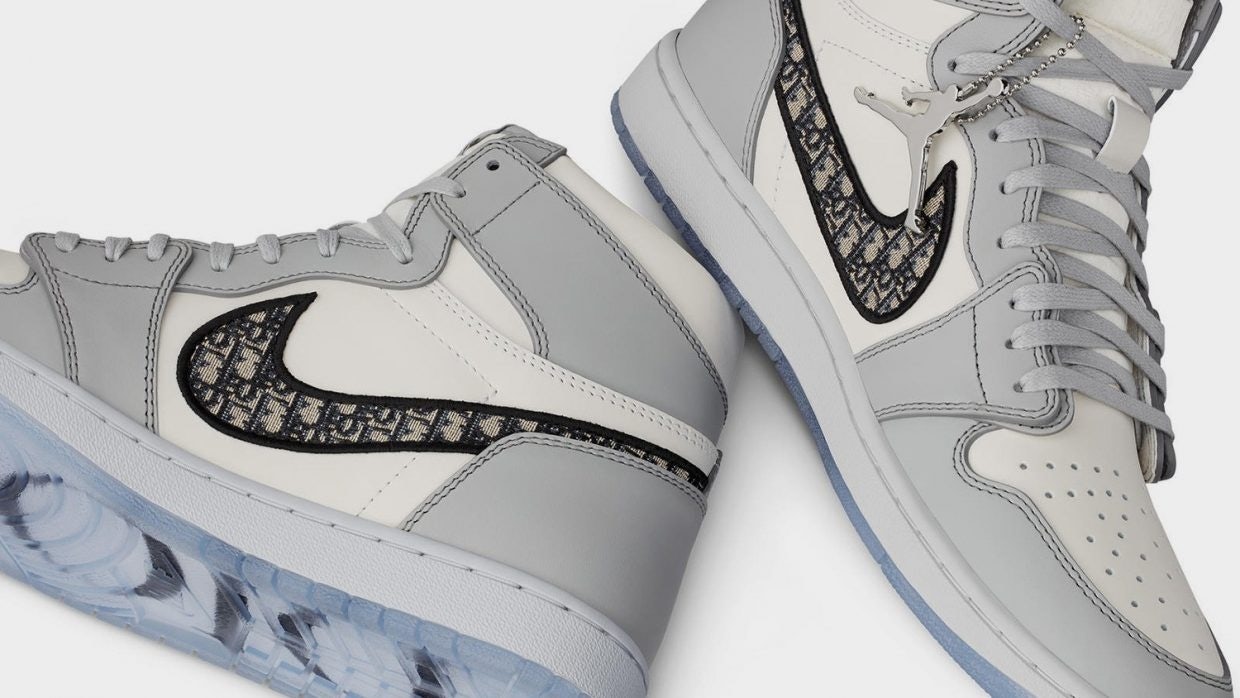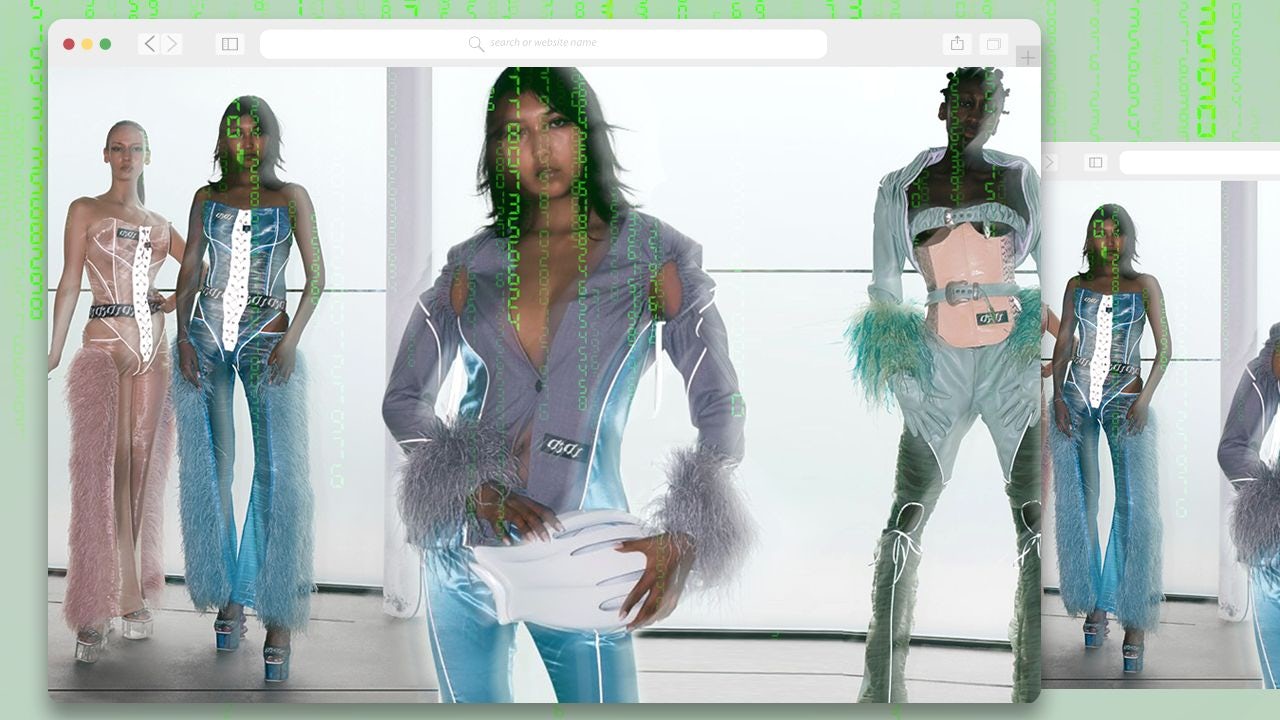I believe these are exciting times. Given the current state of most luxury fashion brands, this may sound cynical, but it is not meant to be. Many people have described COVID-19 as a crisis. The Chinese symbol for crisis expresses both danger and opportunity. For brands that take the right steps, a crisis is always an opportunity to emerge stronger. Christian Dior’s Air Dior collection is such an example. At a time when many other brands are in hibernation mode, Dior continues to push out its most innovative and inspiring campaigns. Similarly, Gucci’s new MX collection uses a new type of gender-fluid inclusivity to give the brand a competitive edge.
Finding opportunities is even more important in times when the prospect of an economic upturn remains uncertain. No one knows when the COVID-19 crisis will be contained or when people will feel safe again. The CEOs I have talked to over the past few weeks are estimating between the spring of 2021 and mid-2022. And even after containing the virus, a ripple effect will last in the economy for a while.
Every week, there is more news about companies laying off tens of thousands of people. The latest layoffs are structural, resulting from adjusting existing business models to new market realities. The effects of this crisis will last deep into the 2020s and maybe even into the 2030s. Structurally, I predict that the US and Europe will recover much more slowly than China, which will accelerate luxury’s global dependency on China further.
That will lead to opportunities for fashion brands after this unparalleled market overturn. The starting point is imagining how the future of luxury will look. It is safe to assume that the way people will dress will only diversify even more. I expect a growing demand for more comfortable and casual — yet dressy — clothing that can be used to work from home. While many companies will return to office-based work, we will also see a dramatic increase in hybrid work models that allow people to work, at least partly, from home. After the pandemic, many employees will expect much more flexible working arrangements from their companies. Silicon Valley, for instance, has already reacted to these appeals, and others will follow.
That doesn’t mean formal clothing will disappear, but the variety in business wardrobes will grow. Fashion brands will have to rethink their collections completely, so they can offer seamless brand experiences that range from formal wear to high comfort clothing. Men’s brands with a high dependency on suits like Tom Ford, Brioni, or Ermenegildo Zegna will need to think about how a more casual approach to clothing can be achieved while maintaining their signature styles. Otherwise, they risk losing relevancy over time. More formal women’s brands like Akris will have similar challenges.
It is a safe bet that sneakers are here to stay, as they offer a more creative form of self-expression than dress shoes. As their acceptance in formal settings continues to grow, competition in this sector will heat up dramatically. At the same time, new players are constantly entering this competitive market. But just launching branded sneakers will not be enough for brands that previously focused on dress shoes — they need a real reason why customers should buy them.
Innovation and inspiration will be more crucial than ever. During and after crises, consumers need emotional escapes and gravitate toward more inspiring and innovative brands. I go as far as saying that innovation-led creativity will be the most critical driver for fashion brand success going forward — playing it safe means playing to lose.
But brand innovation must strengthen brand equity and storytelling, which has traditionally been a weakness for most fashion brands. While fashion has traditionally focused on collections and creative expression, brand positioning in the field has often been shockingly neglected. As a result, most luxury brand marketing has little coherence, confusing brand messaging, and a severe lack of meaning.
In our new digital world made up of highly-discerning customers, brand storytelling will separate the successful brands from the failing ones, particularly with the rise of a Chinese market that is exceptionally brand-focused. Digital success, which is becoming more important by the day, depends on brand storytelling and is no longer optional.
Practically all purchase journeys begin digitally these days. Most brands lose on two critical points: First, they don’t generate enough timely insights to know how they perform in real-time as compared to their competition on digital channels. As an example, over 95 percent of managers we’ve polled don’t know how their brand’s sentiment has evolved in the digital space over the last 24 hours. This is deadly, as it gives more agile, digitally-savvy brands a competitive edge.
Second, many brands don’t have enough internal resources, knowledge, tools, and competencies to win in the digital realm. That means the competition will be more convincing and will win over more customers. I have seen numerous brands experiencing a rapid decline of in-store traffic — even before the pandemic — because they could not convince customers through their online strategies.
In our new digital world made up of highly-discerning customers, brand storytelling will separate the successful brands from the failing ones, particularly with the rise of a Chinese market that is exceptionally brand-focused. Digital success, which is becoming more important by the day, depends on brand storytelling and is no longer optional.
Lastly, to build a successful fashion brand, the entire physical experience has to be reimagined. I have only experienced a handful of convincing person-to-person luxury in-store experiences. In fact, most experiences that consumers witness will disappoint, which destroys brand equity rather than create exciting, inspiring, and lasting brand memories. If there is no fond memory, then there won’t be any loyalty and no brand value.
Now is the time to create the future of luxury fashion. Brands that miss the mark today will have a hard time ever recovering. Those who take the proper measures will be change leaders. There are opportunities in a time of overturn, but the window will close soon.
Daniel Langer is CEO of the luxury, lifestyle and consumer brand strategy firm Équité, and the professor of luxury strategy and extreme value creation at Pepperdine University in Malibu, California. He consults some of the leading luxury brands in the world, is the author of several luxury management books, a global keynote speaker, and holds luxury masterclasses in Europe, the USA, and Asia. Follow @drlanger


